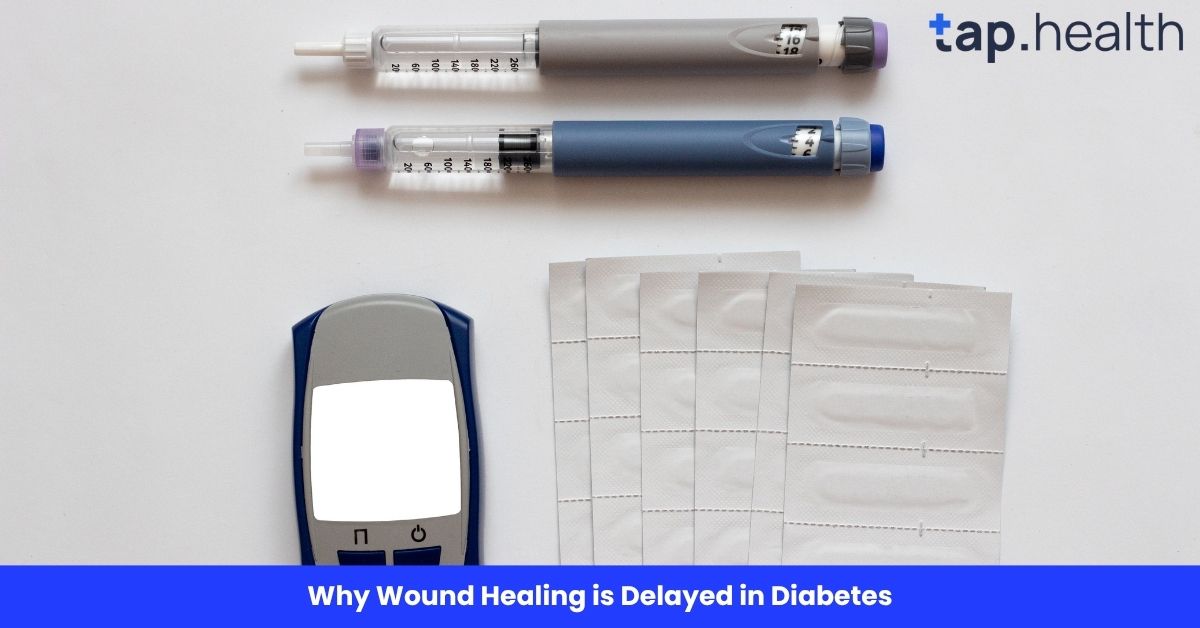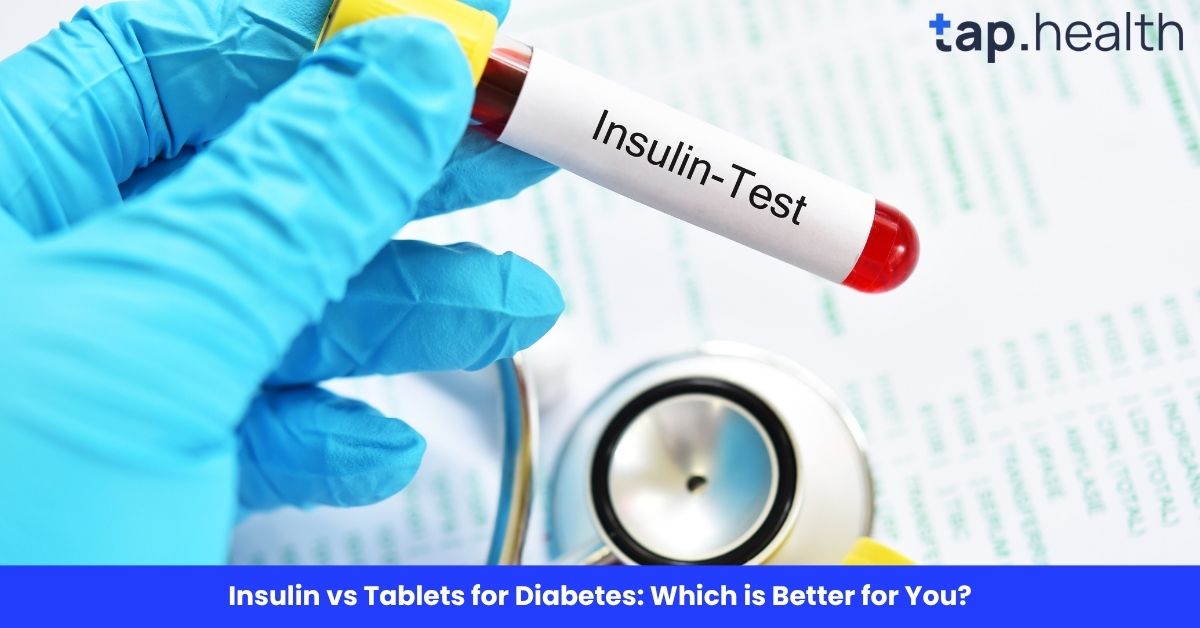Idli, a traditional South Indian dish, is loved across India and worldwide for its light, fluffy texture and simplicity. It is made from a fermented batter of rice and urad dal (split black gram), steamed to create soft, round cakes. Idli is often paired with chutney, sambar, or other side dishes to enhance its flavor.
A common question among health-conscious foodies and weight watchers is: How many calories are in one idli? Given its widespread popularity as a healthy breakfast option, understanding the calorie content and nutritional profile of idli is essential for making informed dietary choices.
In this article, we will explore the calorie content of idli, its nutritional breakdown, variations of the dish, health benefits, and tips for healthier idli recipes. By the end of this guide, you’ll have a thorough understanding of idli’s calorie content and how it fits into your overall diet.
How Many Calories Are in One Idli?
The calorie content of a single idli can vary depending on its size, ingredients, and preparation method. On average, a standard-sized idli (approximately 40-50 grams) contains 40-50 calories.
Calorie Breakdown of One Idli
- Rice (main ingredient): Rice is primarily a source of carbohydrates, providing a significant portion of the calories in an idli.
- Urad Dal: The urad dal (split black gram) adds a small amount of protein and fat to the idli.
- Fermentation: The fermentation process enhances the nutritional profile of idlis by making them easier to digest and increasing their probiotic content.
A typical idli made with the standard rice and urad dal batter will have the following approximate nutritional breakdown:
- Calories: 40-50
- Carbohydrates: 8-10 grams
- Protein: 1-2 grams
- Fat: 0.5-1 gram
- Fiber: 0.5 grams
If you are having a plain idli, the calorie count is relatively low, making it an ideal choice for people looking for a light breakfast or snack.
How Many Calories in a Plate of Idlis?
A plate of idlis typically contains 4-6 pieces of idli. To calculate the total calories for a serving, multiply the calories in a single idli by the number of idlis on your plate. Here’s the breakdown:
- Plate of 4 idlis: 160-200 calories
- Plate of 5 idlis: 200-250 calories
- Plate of 6 idlis: 240-300 calories
If you add chutney or sambar to the dish, the calorie count will increase due to the added ingredients like oil, coconut, and other seasonings.
Nutritional Breakdown of Idli
While idlis are generally low in calories, they also provide essential nutrients that contribute to a healthy diet. Here’s a breakdown of the nutritional content of one standard-sized idli:
1. Carbohydrates
The primary source of calories in idli comes from carbohydrates. Rice and urad dal are both rich in carbohydrates, which provide the body with the energy needed for daily activities. The carbohydrates in idli are mainly complex carbs, which are digested more slowly and provide sustained energy.
- Carbohydrates per idli: Approximately 8-10 grams
2. Protein
While idli isn’t a high-protein food, it does contain a moderate amount of protein due to the urad dal used in the batter. Protein is essential for muscle repair, immune function, and overall growth.
- Protein per idli: Approximately 1-2 grams
3. Fat
The fat content in idli is minimal. Since the batter is steamed and not fried, the fat content is much lower than other snack foods. The small amount of fat present in idli comes from the urad dal.
- Fat per idli: Approximately 0.5-1 gram
4. Fiber
Idli provides a small amount of dietary fiber, which is important for digestive health and maintaining a feeling of fullness.
- Fiber per idli: Approximately 0.5 grams
5. Sodium
The sodium content of idli can be relatively low unless salt is added in large quantities during preparation. It’s important to note that the addition of chutney or sambar to the idlis may increase the sodium content.
- Sodium per idli: Approximately 50-100 milligrams (depending on salt added)
6. Micronutrients
Idlis made from rice and urad dal offer small amounts of essential vitamins and minerals, such as B-vitamins (thiamine, riboflavin, niacin) and iron. However, the amounts are not significant enough to rely on idlis as a primary source of micronutrients.
Factors Affecting Calorie Content in Idli
Several factors can affect the calorie content of idli, including the ingredients used, the size of the idli, and the method of preparation. Let’s break down the factors:
1. Type of Rice Used
Some people make idlis with a combination of rice and other grains like millet, ragi (finger millet), or oats. These variations can affect the calorie content. For example:
- Ragi idlis may have slightly more calories than regular rice idlis but are higher in fiber and micronutrients.
- Oats idlis could be slightly lower in calories but may provide more fiber and protein.
2. Ingredients in the Batter
In addition to rice and urad dal, some recipes may add ingredients like fenugreek seeds or curry leaves, which can slightly alter the calorie content. However, these ingredients typically don’t add significant calories but may offer health benefits like improved digestion.
3. Use of Oil or Ghee
While idlis are traditionally steamed, some people might use oil or ghee while preparing the batter or greasing the idli plates. This adds extra calories in the form of fat. Therefore, opting for less oil or ghee can reduce the calorie content of the dish.
4. Serving with Chutneys or Sambar
The calorie count of your idli meal will increase if you serve it with chutneys or sambar. Depending on the ingredients used in chutneys (such as coconut, peanuts, or oil), the calorie count can rise significantly. Sambar, which contains lentils and vegetables, will also add additional calories.
Health Benefits of Idli
Despite being a low-calorie food, idli offers several health benefits that make it an excellent addition to your diet.
1. Good for Digestion
Idli is a fermented food, and fermentation enhances its digestibility. The process of fermenting rice and urad dal increases the bioavailability of nutrients and creates beneficial bacteria (probiotics), which support gut health.
2. Low in Fat
Idli is naturally low in fat, especially when steamed without the use of excessive oil or ghee. This makes it a healthier option for those looking to reduce their fat intake.
3. High in Energy
Idli is primarily made of carbohydrates, which provide energy for your daily activities. Since it is a complex carbohydrate, it provides a steady release of energy, making it a good breakfast choice to start your day.
4. Gluten-Free
Idlis are naturally gluten-free, making them an excellent choice for people with celiac disease or gluten sensitivity. The batter is made from rice and urad dal, both of which do not contain gluten.
5. Rich in Protein (with Sambar or Chutney)
While idli by itself is not very high in protein, pairing it with sambar (which contains lentils) or chutney (which may contain peanuts, coconut, or dals) can make it a more balanced meal with a better protein profile.
Frequently Asked Questions (FAQs) on How Many Calories Are in Idli?
1. How many calories are in a plate of 4 idlis?
A plate of 4 idlis typically contains around 160-200 calories, depending on the size and preparation method.
2. Are idlis healthy for weight loss?
Yes, idlis are a healthy choice for weight loss, as they are low in calories, fat, and contain complex carbohydrates that provide sustained energy. However, portion control is key, and it’s best to pair idlis with low-calorie accompaniments like sambar and chutney to keep the meal balanced.
3. Can I eat idli every day?
Yes, you can eat idli every day as part of a balanced diet. It provides good carbohydrates and is easy on the stomach. However, for variety, you may want to alternate with other healthy breakfast options.
4. Can I make idli without rice?
Yes, you can make idlis with alternative grains like ragi (finger millet) or oats for different nutritional benefits. Ragi idlis are higher in calcium and fiber, while oats idlis offer additional protein.
5. Are idlis suitable for diabetics?
Idlis, being low in glycemic index (GI), are a suitable breakfast option for diabetics when consumed in moderation. However, portion control is important to avoid blood sugar spikes. Pairing idlis with sambar (high in fiber and protein) is also recommended.
Conclusion
Idli is a healthy and low-calorie food that can be part of a nutritious meal plan. With approximately 40-50 calories per idli, it offers a great way to start the day, especially when paired with protein-rich sambar and fiber-filled chutneys. By understanding the factors that contribute to the calorie content of idli and making mindful ingredient choices, you can enjoy this delicious dish while maintaining a balanced diet.
Whether you’re looking to manage your weight, enjoy a traditional breakfast, or make healthier food choices, idli is a versatile and nutrient-rich option.


